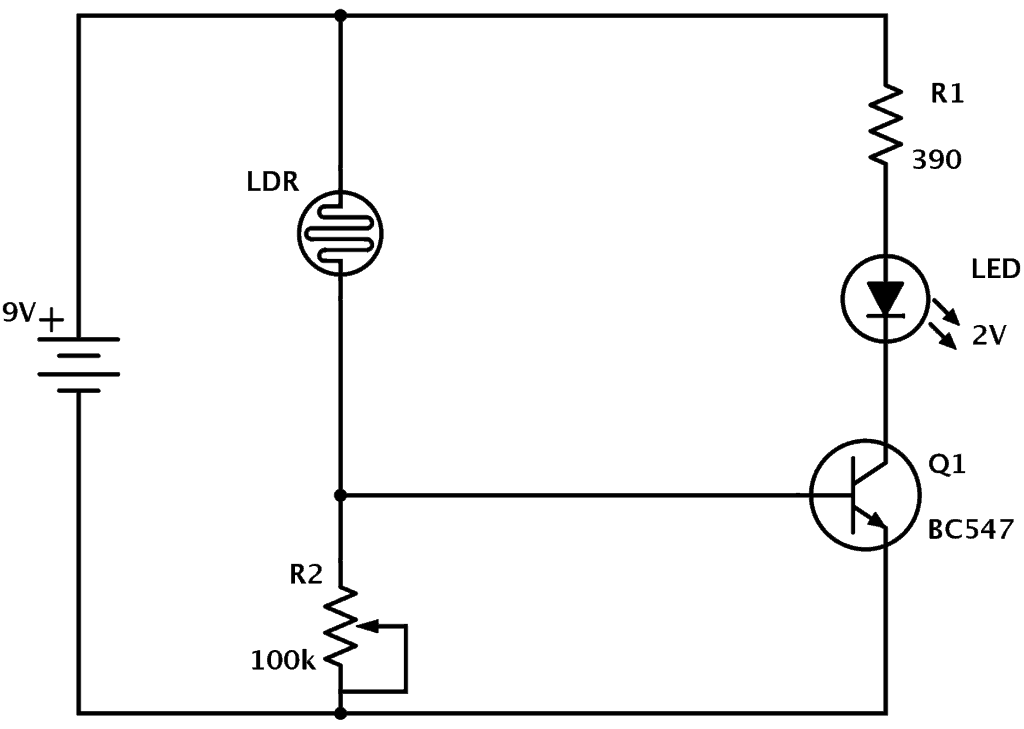
How to Use an LDR in a Circuit
Light Dependent Resistors (LDRs) are components that change resistance depending on the amount of light they are exposed to. These sensors are commonly used in various electronic devices and circuits to detect light levels and trigger responses accordingly. In this article, we will explore how to effectively use an LDR in a circuit.
When using an LDR in a circuit, it is essential to understand how to connect it properly and interpret the readings it provides. Below are step-by-step instructions on how to use an LDR in a circuit:
Step 1: Identify the LDR Pins
Before connecting the LDR to a circuit, you must first identify its pins. LDRs typically have two leads, one positive and one negative. The resistance of the LDR changes based on the amount of light it receives. Usually, the resistance decreases as the light intensity increases.
Step 2: Connect the LDR to the Circuit
Once you have identified the pins of the LDR, you can proceed to connect it to the circuit. The LDR should be placed in series with a resistor, forming a voltage divider circuit. The voltage across the LDR can be used as an input signal to trigger different actions in the circuit.
It is essential to ensure that the LDR is connected in the correct orientation to the circuit. The positive lead of the LDR should be connected to the positive terminal of the power supply, and the negative lead should be connected to the ground.
Step 3: Interpret the Readings
Once the LDR is connected to the circuit, you can start interpreting the readings it provides. The resistance of the LDR will change based on the amount of light it receives. You can use a multimeter to measure the resistance of the LDR in different lighting conditions.
By analyzing the resistance values, you can determine the light intensity levels and customize the circuit’s response accordingly. For example, you can set thresholds to trigger specific actions based on the light levels detected by the LDR.
Step 4: Experiment and Test
Once the LDR is properly connected and you have interpreted the readings, it’s time to experiment and test the circuit. You can adjust the placement of the LDR and resistor to achieve different sensitivity levels and responses.
Try exposing the LDR to various light sources and observe how the circuit reacts. Make note of any changes in resistance and voltage output to fine-tune the circuit’s performance. Experimenting with different components and configurations can help optimize the circuit for specific applications.
Conclusion
Using an LDR in a circuit can add a valuable light-sensing capability to your electronic projects. By following the steps outlined in this article, you can effectively utilize an LDR to detect light levels and trigger responses in your circuits. Experimenting with different setups and configurations can help you tailor the circuit to meet your specific requirements.
Was this helpful?
0 / 0